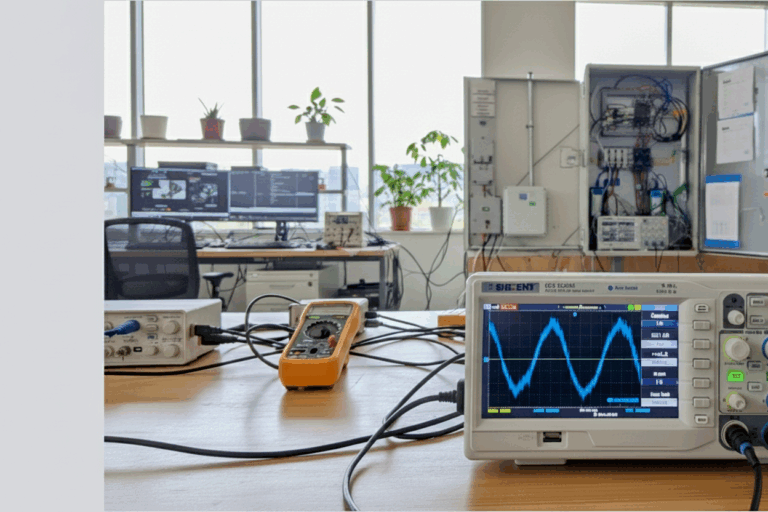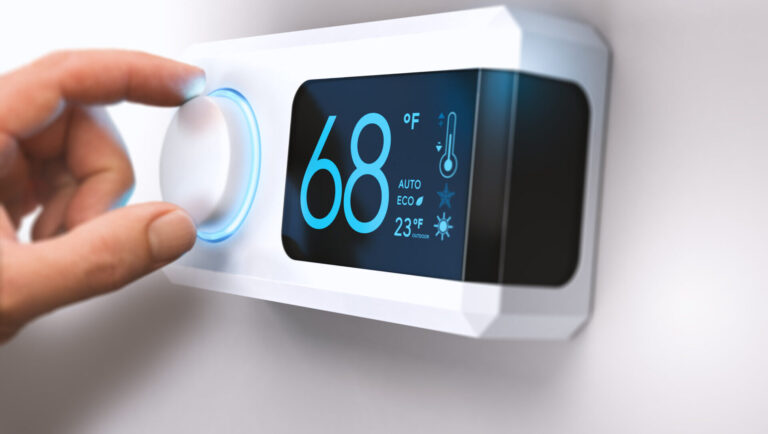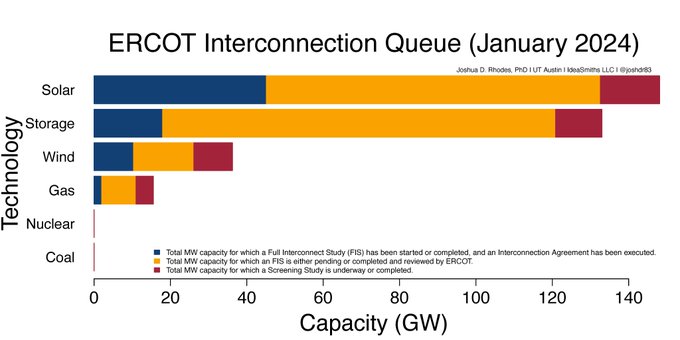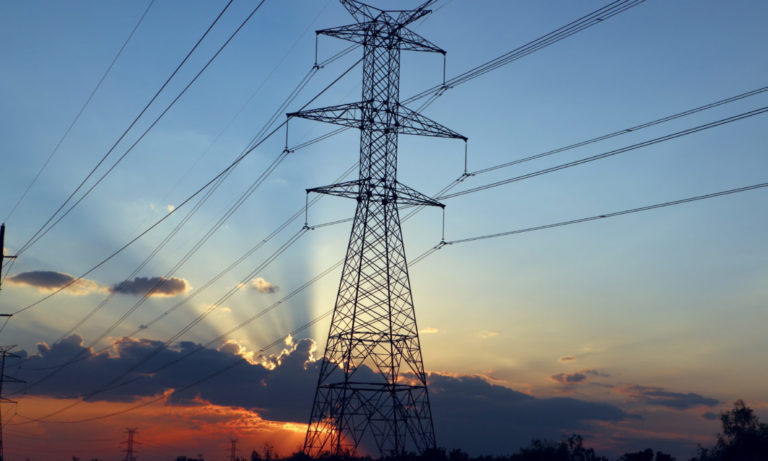May 6, 2025
By Cavan Merski, data analyst, Pecan Street
We know EVs are cleaner and more efficient than gasoline cars. And if you’ve driven one, you know they’re quicker, too. But as more and more EVs appear in garages across the country, we’re learning how these massive rolling batteries can help level electricity demand and strengthen the grid.
Pecan Street has been capturing EV charging data among our research participants for more than 10 years, and utilities, energy analysts, and product developers are using it to help optimize grid operations through informed decision-making and targeted charging solutions.
Dig into our data offerings on our Dataport page, and view what’s included in our paid licences.
Data-Driven Charging Insights from Real Homes
When the first wave of EV models hit the roads a decade ago, skeptics warned there wasn’t enough power to supply them. People would, the argument went, all get home at the same time, plug in during peak demand, and overwhelm the grid.
This was one of the first myths our data debunked. Behavior does cluster, but not all at the same time. Data from 160 homes with EVs in our network over the last twelve years reveal distinct EV charging typologies, visualized below. Keep in mind that the majority of this data comes from an unmanaged charging environment – people were not asked or incentivized to charge their cars at any particular time.
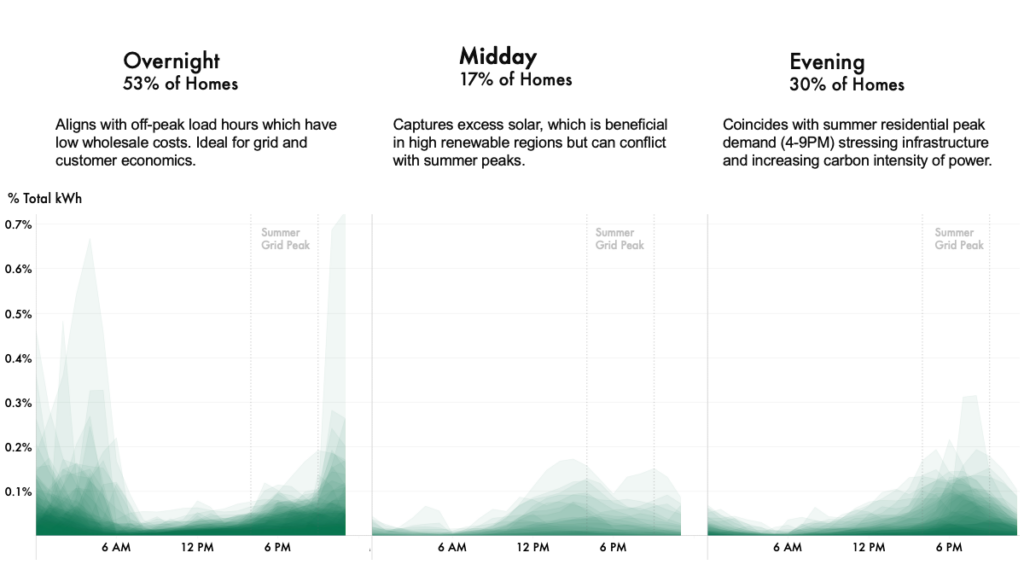
These EV owners typically fall into one of three distinct time-of-day charging profiles: midday, evening, or overnight charging. Each profile is characterized by consistent behavioral trends and corresponding electricity consumption patterns, and the charging patterns reflect a mix of intentional behavior and natural variability. Many homeowners plug in their EVs when they arrive at home, while others program their charging for overnight hours when the grid has the lowest carbon intensity and power is cheapest.
We wanted to see how movable or elastic this behavior was, so we provided some participants regular notices or rewards to set their charging on a different schedule. And about a third of them did. Download our charging case study for more details. This represents just a glimpse into the broader potential for flexible load management through EV charging.
Seeing real-time behavior data from real-world customers can be powerful. And for utilities and other companies exploring time-of-use rates, special EV charging programs, and demand response products, it’s gold.
Benefits of Controlled EV Charging
Pecan Street’s circuit-level residential data enables energy analysts, product engineers, and utilities to optimize, test and design innovative residential EV charging programs.
Peak Demand Reduction: Shifting EV charging to off-peak hours reduces strain on grid infrastructure, helping avoid costly peak demand charges and investments.
Renewable Integration: Aligning charging with solar generation curves in solar-heavy markets (e.g., CAISO, ERCOT) or wind-heavy zones (e.g., SPP, MISO) makes better use of clean resources. With smart controls, EVs can soak up midday or nighttime renewables.
Enhanced Grid Stability: Managed EV charging reduces the need for additional reserve generation capacity and allows utilities to maximize existing generation capacity.
Home Resilience Solutions: EVs can serve as critical load backup during grid outages, especially when integrated with rooftop solar.
Economic Efficiency: Our data supports the development of dynamic pricing structures and effective consumer incentive programs that encourage demand-side management and save money for utilities and consumers alike.
Why Choose Pecan Street Data?
Pecan Street datasets offer unparalleled insight for researchers and industry professionals:
Circuit-Level Visibility: Detailed, second-by-second data separates EV charging from overall household consumption, providing precise insights into charging behaviors and their impact on grid demand.
Real Homes and Diverse Conditions: Our data is sourced from real homes across diverse geographic regions, climates, and housing types and captures authentic occupant behaviors and building characteristics.
Contextual Metadata: Metadata accompanies energy usage data, including weather conditions, building details, and home survey data, facilitating deeper analytical understanding.
You can learn more about our EV charging research from our Smart Charging white paper and about the full suite of datasets available via Dataport. Email us for more information about accessing our detailed datasets and exploring residential EV charging impacts, and we’ll get right back to you.









